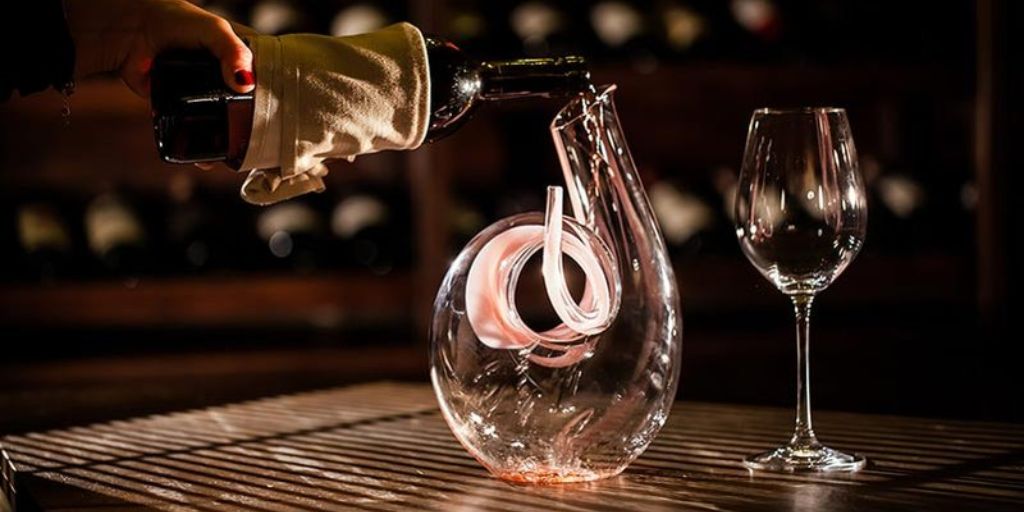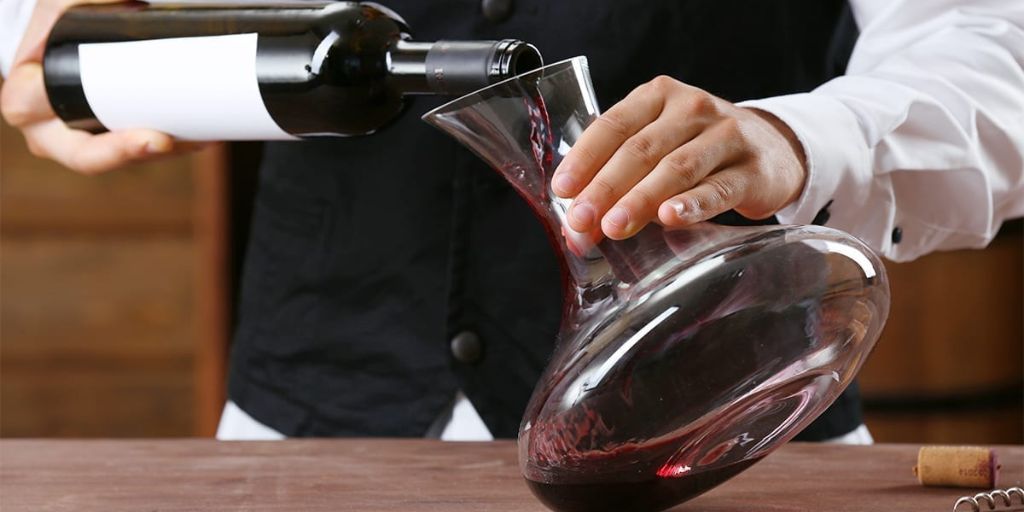If you’ve ever dined at a fine restaurant or attended a wine-focused event, you’ve likely seen a sommelier gracefully pour wine into a wide-bottomed glass vessel. This ritual is known as decanting, and while it may seem like pure showmanship, decanting serves an important purpose in enhancing the wine experience. But what exactly is decanting, how do you do it properly, and why does it matter? Let’s break it down.
What Is Decanting?
Decanting is the process of transferring wine from its bottle into another container—usually a decanter—before serving. The two main reasons for decanting are:
-
To remove sediment: Older red wines and vintage ports often develop sediment as they age. This sediment isn’t harmful, but it can create an unpleasant gritty texture.
-
To aerate the wine: Exposing wine to air allows it to “open up,” softening tannins and enhancing aromas and flavors. This is especially useful for younger, tightly wound wines.
Which Wines Should Be Decanted?
Not every wine needs decanting, but many benefit from it:
-
Red wines: Full-bodied reds like Cabernet Sauvignon, Syrah, Malbec, and Nebbiolo often improve with decanting, whether young or old.
-
Young wines: Wines under 5 years old can benefit from aeration to soften their structure.
-
Aged wines: Older reds (10+ years) may need decanting to remove sediment, though gentle handling is key to preserve delicate flavors.
-
White wines: Typically don’t require decanting, but full-bodied whites like oaked Chardonnay can benefit from brief aeration.
-
Sparkling wines: Rarely decanted, as the process can dissipate bubbles, though some aged Champagnes may gain complexity with a brief exposure to air.
How to Decant Wine Properly
-
Gather your tools: You’ll need a clean decanter, a light source (like a candle or flashlight), and ideally a steady hand.
-
Let the bottle stand upright: For older wines, stand the bottle upright for a few hours (or overnight) before decanting. This allows sediment to settle at the bottom.
-
Open the bottle carefully: Use a corkscrew to remove the cork gently, especially if it’s old and fragile. Clean the bottle neck to avoid introducing debris.
-
Pour slowly: Holding the bottle at a slight angle, slowly pour the wine into the decanter. Watch the neck of the bottle closely using your light source to spot sediment. Stop pouring as soon as you see sediment reaching the neck.
-
Let it breathe: For younger wines, allow the wine to sit in the decanter for anywhere from 30 minutes to 2 hours, depending on its intensity. For older wines, serve soon after decanting to avoid overexposure to air.
How Long Should You Decant?
-
Young reds (0–5 years): 1–2 hours.
-
Full-bodied reds (5–10 years): 30 minutes to 1 hour.
-
Older reds (10+ years): Decant gently and serve immediately to preserve nuanced flavors.
-
White wines: 15–30 minutes if needed.
Keep in mind that these are general guidelines—each wine behaves differently, and tasting as you go is the best way to judge.

Double Decanting: A Time-Saving Trick
If you’re short on time, consider double decanting. This involves decanting the wine into a decanter and then pouring it back into the original bottle. This method speeds up aeration and allows you to serve from the original bottle, which can be visually appealing.
Decanting vs. Simply Letting Wine Breathe
Some people wonder whether you can just open a bottle and let it sit. While this introduces some air, the narrow neck of a wine bottle limits the surface area exposed to oxygen, making it far less effective than decanting. A decanter’s wide base maximizes exposure, allowing the wine to aerate more efficiently.
Does All Wine Improve with Decanting?
While many wines benefit from decanting, not all do. Some delicate, older wines can lose their subtlety quickly if exposed to too much air. Additionally, light-bodied reds and most white wines don’t require decanting unless they seem muted or closed off.
The Aesthetic Factor
Beyond the technical reasons, decanting adds elegance to any wine experience. A beautiful decanter and the ritual of pouring can elevate a simple meal or gathering into a special occasion, making it as much about ambiance as chemistry.
Cleaning Your Decanter
It’s essential to keep your decanter spotless, as any residue or odors can affect the wine. Rinse with hot water immediately after use, and if needed, use decanter cleaning beads or a gentle brush for deeper cleaning. Avoid strong detergents that can leave lingering scents.
Common Myths About Decanting
-
Myth: Only old wines need decanting.
Truth: Young wines often benefit even more from aeration to soften tannins and develop aromas. -
Myth: You can’t over-decant.
Truth: While young wines are forgiving, older wines can fade quickly if over-aerated. -
Myth: Decanting is only for experts.
Truth: Anyone can decant with a bit of care and attention—it’s a simple way to enhance your wine experience.
Final Thoughts
Decanting isn’t just a flashy tradition—it’s a practical step that can transform your wine. By understanding when and how to decant, you can unlock deeper flavors, smoother textures, and richer aromas, making each sip more enjoyable.
Whether you’re preparing for a special dinner or just unwinding after a long day, decanting is a worthwhile ritual that connects you to centuries of winemaking tradition. So next time you open a bottle, consider reaching for your decanter—you might be surprised by the difference it makes.


